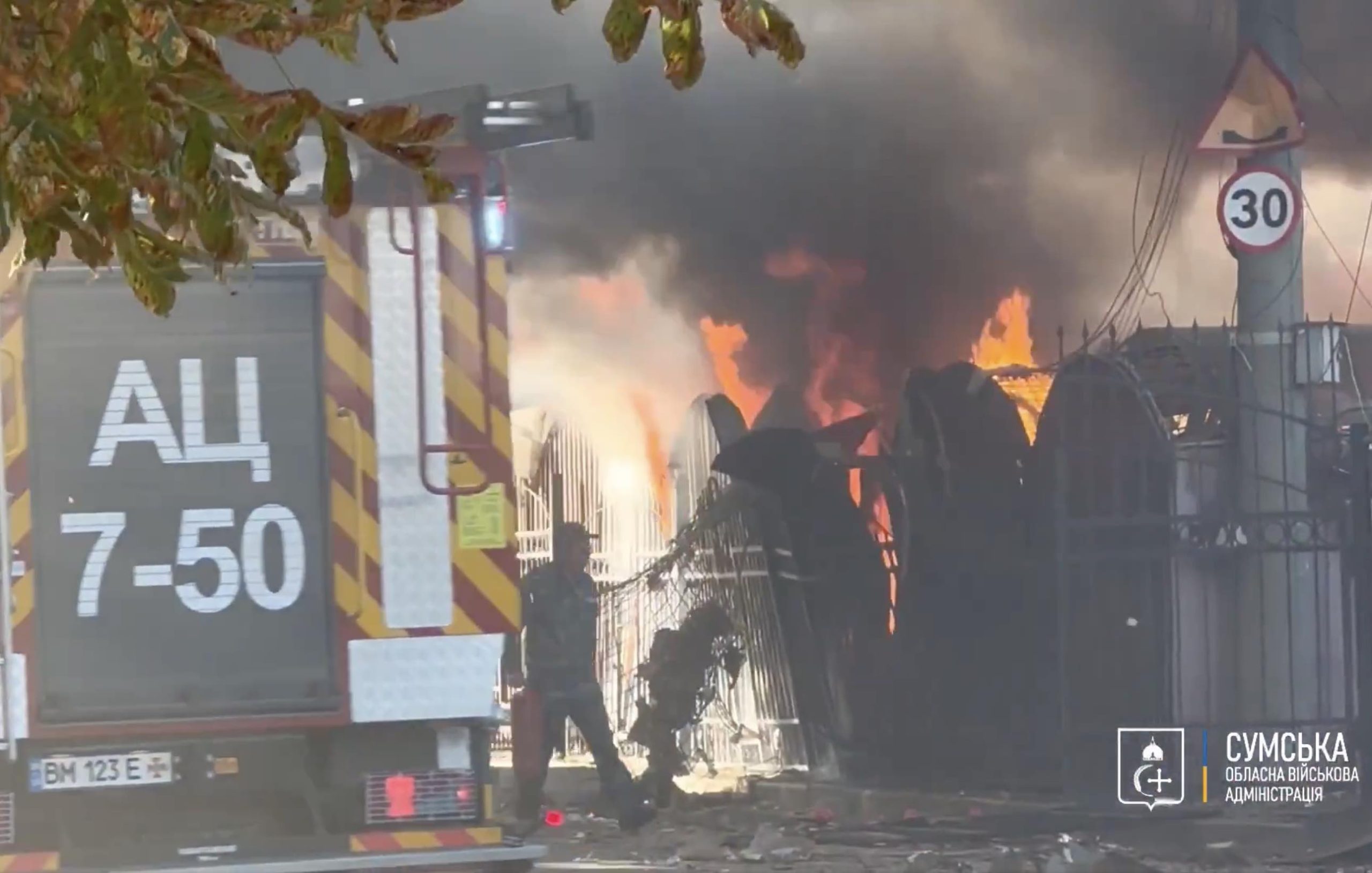


Serhiy Lysak, governor of Dnipropetrovsk Oblast, was blunt in his Telegram post: “Dnipro district. Missile attack. There are casualties. A fire has broken out. We are investigating the details.” Though the exact death toll remains unclear, the symbolism of the strike is already obvious.
A message to the West — and to Trump
The attack on Dnipro is unlikely to have been an impulsive act. In Russian strategic culture, the choreography of force is almost as important as the firepower itself. By hitting a major Ukrainian city just before a high-profile summit, Putin is sending a multilayered message: to Washington, to Kyiv, and to his own domestic audience.
For the Americans, the strike functions as a blunt assertion that Russia’s war aims are non-negotiable. It sets a hardline tone before talks begin, underscoring that Putin will not arrive in Alaska as a supplicant seeking concessions but as a wartime leader confident in his leverage. The implicit warning to Trump is clear: any discussion of Ukraine must reckon with Russia’s capacity and willingness to escalate.
For Ukraine, it is a reminder that no corner of the country is truly safe, not even Dnipro — a city that, while far from the eastern frontlines, has long been a logistical and humanitarian hub. Its targeting chips away at the notion that rear areas can serve as secure bases for rebuilding infrastructure or sheltering displaced civilians.
Domestic theatre for the Kremlin
Putin is also playing to a domestic audience. State television will present the Anchorage summit as a stage upon which the Russian leader can assert himself against an American president who, while politically sympathetic in some areas, still represents the Western power structure Moscow has sought to undermine. The Dnipro strike allows Putin to arrive at the summit having visibly exercised hard power, reinforcing his cultivated image as the defender of Russian sovereignty in the face of Western encroachment.
A well-worn playbook
The tactic of coupling military escalation with diplomatic engagement is not new. The Soviet Union often used battlefield manoeuvres to strengthen its hand before negotiations, and Putin himself has done so repeatedly — from Syria to the Donbas. The logic is as much psychological as it is strategic: entering a room with the scent of gunpowder still in the air alters the negotiating dynamic, making it harder for the other side to demand concessions without appearing to reward aggression.
The choice of Dnipro, rather than a purely military target, hints at an additional motive: to test Western thresholds. By hitting a populous area without entirely flattening it, Putin walks the line between overt escalation and calibrated provocation. This keeps the West guessing about whether such strikes are aimed at breaking Ukrainian morale, disrupting military logistics, or simply forcing Washington and its allies to reassess the cost of their continued support.
The Trump factor
The Anchorage summit’s unusual pairing of Trump and Putin adds another layer of intrigue. Trump, no longer bound by electoral politics in the way Western leaders in mid-term might be, is more unpredictable. Putin may calculate that a dramatic pre-summit display of force could sway Trump toward accepting some form of negotiated settlement that favours Russian territorial gains — perhaps on the premise of “stopping the killing” without fully reversing the invasion.
Alternatively, the strike could be intended to harden Trump’s public posture before talks, knowing that any sign of softness toward Moscow would be politically costly in Washington. If Putin believes that a firmer Trump in public could mask a more accommodating Trump in private, then the spectacle of Dnipro may serve his purposes on both fronts.
Strategic risks
However, such brinkmanship carries risk. The attack could embolden hawks in Washington and European capitals who argue that any easing of sanctions or recognition of Russian territorial claims would be tantamount to rewarding aggression. It also risks stiffening Ukrainian resolve, particularly if civilian casualties are high or if images of the destruction spark outrage abroad.
In the hours before the summit, the key question is whether the strike represents the start of a broader Russian escalation or a one-off move for diplomatic leverage. If the former, Anchorage could mark not the beginning of a thaw, but the prelude to a far harsher phase of the war.
In ordering the Dnipro strike, Putin has ensured that the shadow of war will loom heavily over the Anchorage talks. Whether this gambit strengthens his bargaining position or backfires will depend on how Trump responds behind closed doors — and on whether Kyiv’s allies see the attack as a reason to push for peace, or to double down on support for Ukraine’s defence.
Either way, the message from Moscow is unmistakable: negotiations will take place on Putin’s terms, under the roar of Russian missiles.